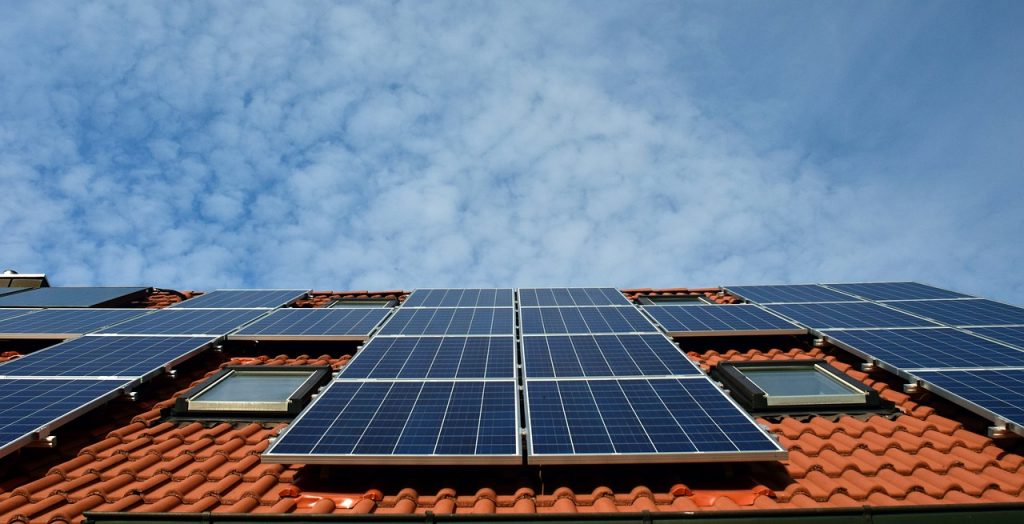Estonian prosumers consume more energy from the distribution grid than they produce
There are nearly 10,000 households in Estonia that both consume electricity from the distribution grid and produce electricity for the distribution grid. The calculations of the Foresight Centre indicate that on 130 days a year on average, the amount of energy supplied to the grid by households is greater than the amount of energy taken from the grid. In the case of prosumers who are legal entities, the amount of energy supplied to the distribution grid is greater than the amount consumed 96 days a year.

Most of the prosumers in Estonia are households and a fifth are legal entities. A quarter of the prosumers who are legal entities are non-profit cooperatives, including energy cooperatives. Prosumers operating as foundations, non-profit associations or non-profit cooperatives are also common.
Märt Masso, an expert at the Foresight Centre, noted that households have a shortage of nearly 18.8 megawatt-hours of electricity per year to cover their electricity needs, whereas prosumers who are legal entities fall short of an average of 155.4 megawatt-hours per year. “However, even partial energy independence helps households manage their energy costs and contributes to creating an energy economy with a smaller environmental footprint,” said Märt Masso.
According to the short report of the Foresight Centre, as a rule, the production capacity of households is smaller than that of prosumers who are legal entities, but in both cases the most common production capacity is in the range of 5-10 kW.
Generally, higher production capacity means that for more days per year, the amount of energy supplied to the distribution grid is greater than the amount taken from the grid. “Prosumers in Estonia produce solar energy, and its productivity strongly depends on the season,” said Märt Masso. “This means that increasing the production capacity alone is not enough to cover the household’s energy needs and that storage solutions are necessary as well, which are likely to become more affordable every year.”
The prosumers’ production and consumption patterns are very varied, though. For example, in the case of households, the balance of production and consumption is greater in households living in dwellings that are newer, i.e. built after 2000. In the case of prosumers who are legal entities, the larger companies (in terms of number of employees or turnover) have the greater balance.
The short report ‘Prosumers of electricity: an overview of electricity production and consumption of households and businesses’ (in Estonian) is part of the Foresight Centre’s research stream ‘Active Consumers in the Future Energy System’. The research stream aims to identify the key factors on which the role of consumers in the future energy system depends and to create scenarios of the possible impact of households and other micro-producers on the Estonian energy system up to 2040.
Latest news
-
10.11 2025Report: Estonia could learn how to control healthcare costs from the Netherlands
The expenses of the Estonian Health Insurance Fund significantly exceed its revenues, and the accumulated reserves will be depleted in the next five years. Other European countries in the same situation have cut healthcare services and increased people’s co-payments. According to the Foresight Centre’s new short report “Other countries’ experiences in managing healthcare budget deficits”, both solutions have worsened public health and deepened inequality.

 An independent think tank at the Riigikogu
An independent think tank at the Riigikogu